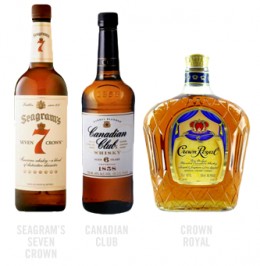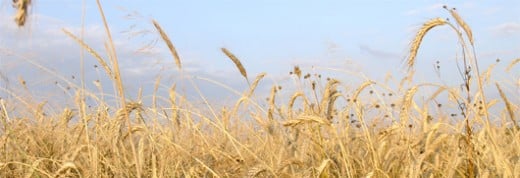A Beginner's Guide to Whisky - Part 3 - Canadian and Japanese Whisky


Canada
A light, sweet style of whisky, Canadian Whisky (no "e") is easy to drink even in the warmer months. As a result, Canadian whisky blends well with mixers. One notable aspect of this whisky is its remarkable consistency. In Canada, whisky bottled a decade ago should taste the same as the whisky bottled today.
Canadian law tend to be somewhat lax in terms of labelling, at least when compared to its American neighbour to the south. Apart from having to be distilled in Canada with cereal grains (though it's typically rye) and aged for a minimum of 3 years.
Canadian law also permits a number of names; Canadian whisky may be called Canadian Whisky (funnily enough), Canadian Rye Whisky, or Rye Whisky.
Although Canadian whisky has lost popularity with American drinkers over the years, it still sells volumes at home and across the globe.
- Grain: Malted Rye, Corn
- Age: Min. 3 Years
- Styles: Single Malt, Blend

Japan
Who can forget Bob Harris (Bill Murray) struggling through his photo shoot in Lost in Translation? "For relaxing times...make it Suntory time".
The Japanese whisky industry couldn't have asked for better advertising. The Japanese have been producing their own style of whisky since the late 19th century, and it's only recently that their whisky has achieved global recognition. It's about time too; the Japanese love whisky.
Japanese whiskies are largely comparable to the Scottish style - possibly as this is the nation's favourite whisky. They are produced throughout the country as both single malts and as blended varieties. Flavours range from salty and peaty to oily and fruity depending on the particular distiller.
- Grain: Barley, Wheat
- Age: N/A
- Styles: Single Malt, Blended

What next?
I hope you enjoyed those less well known whisky producers. If you did, you may be interested in the other articles that make up this guide:
- Part 1 - Irish Whiskey and its Origins
- Part 2 - American Whiskey and Bourbon
- Part 4 - Scottish Whisky (Scotch)
As always, thank you for reading, and please feel free to leave a comment below.








